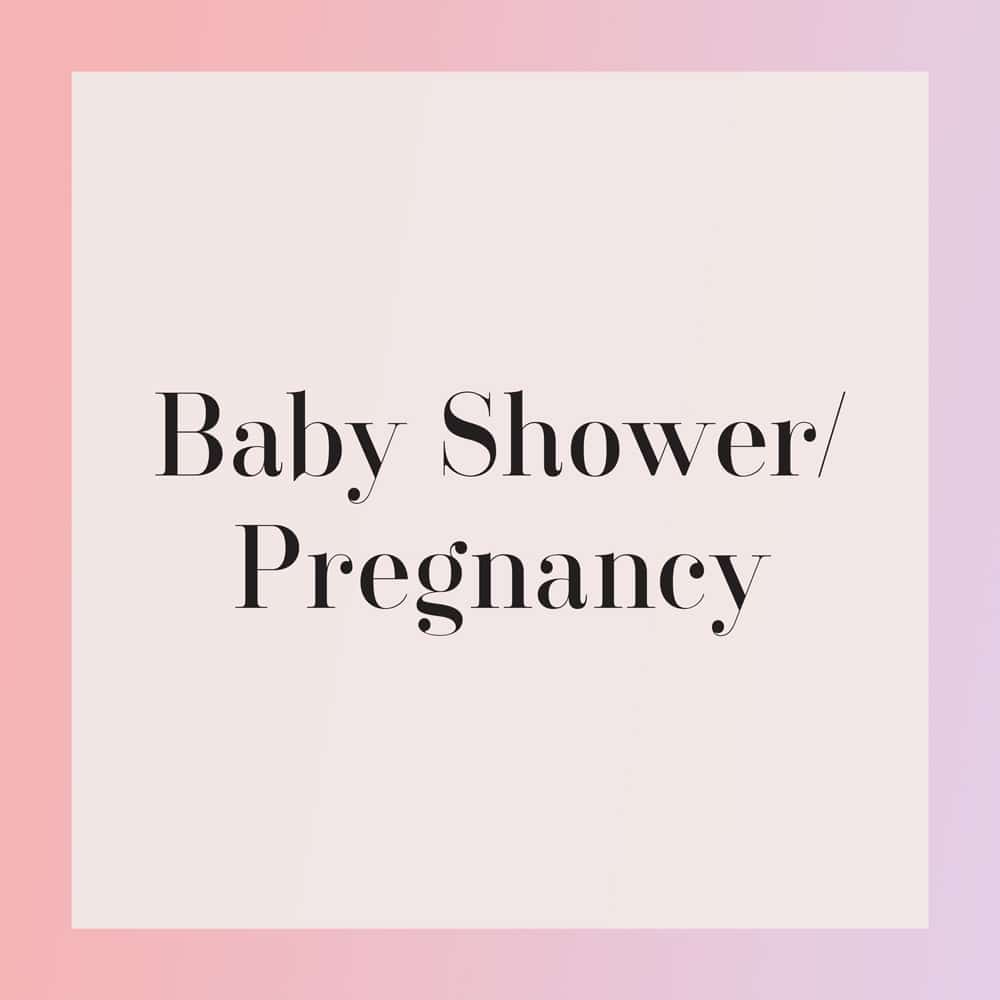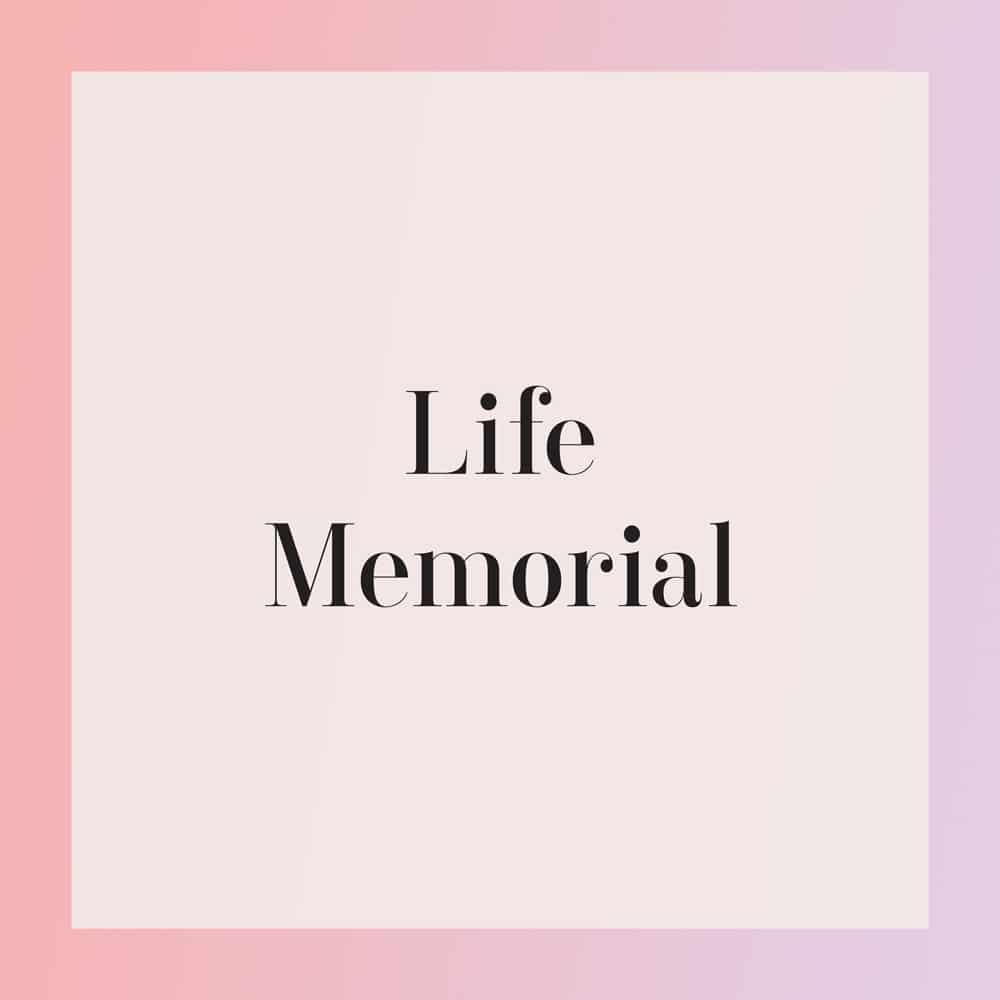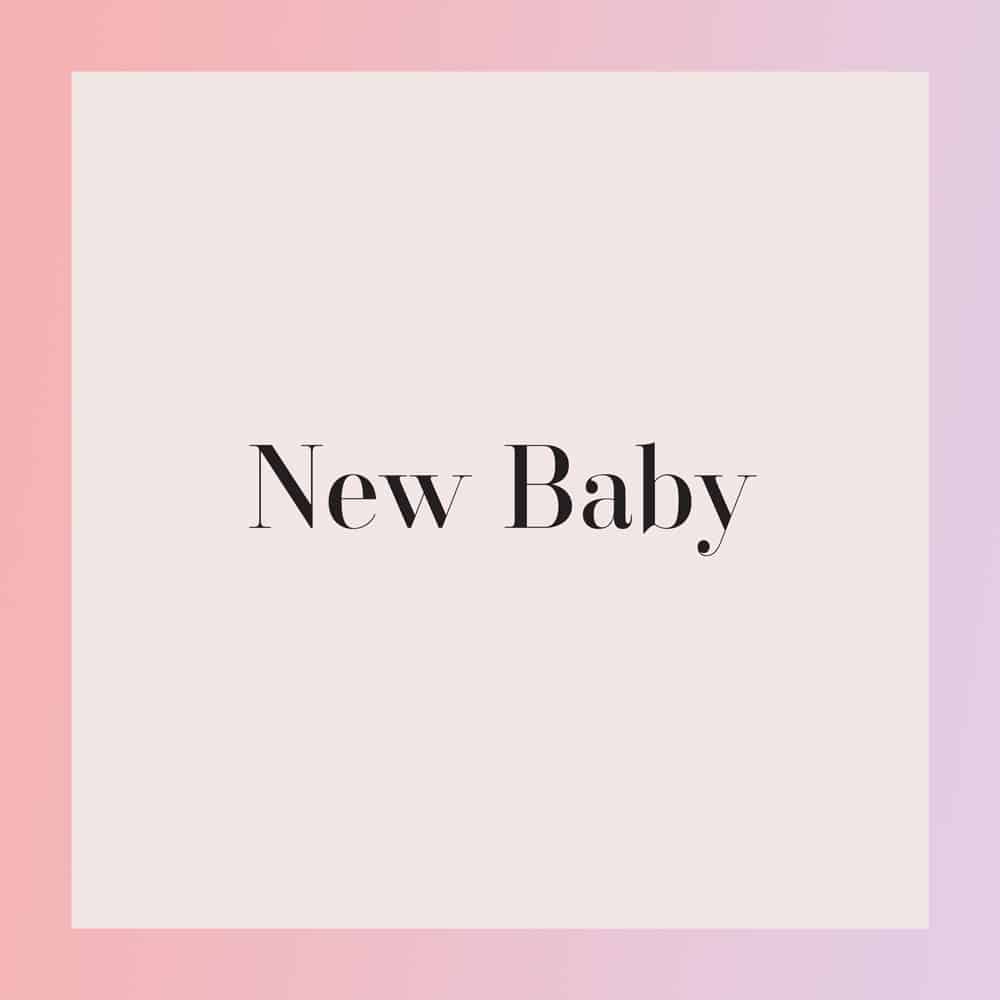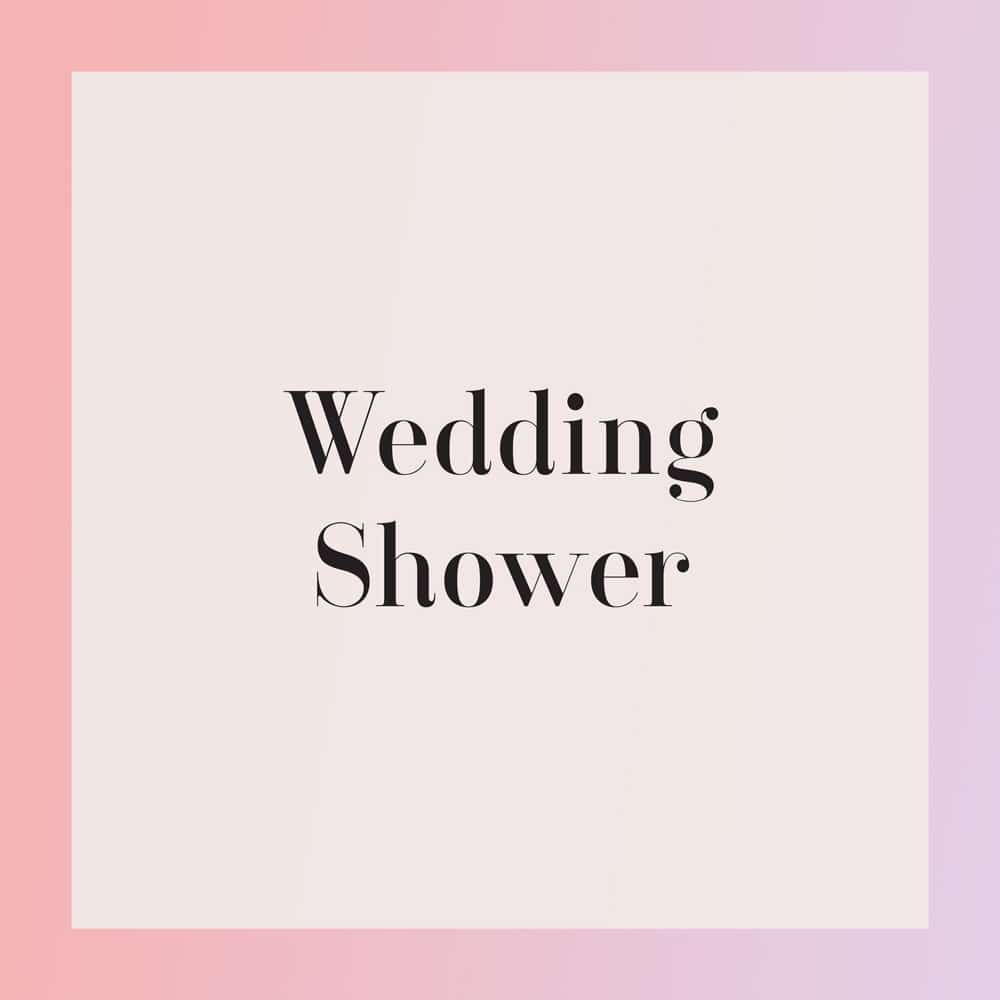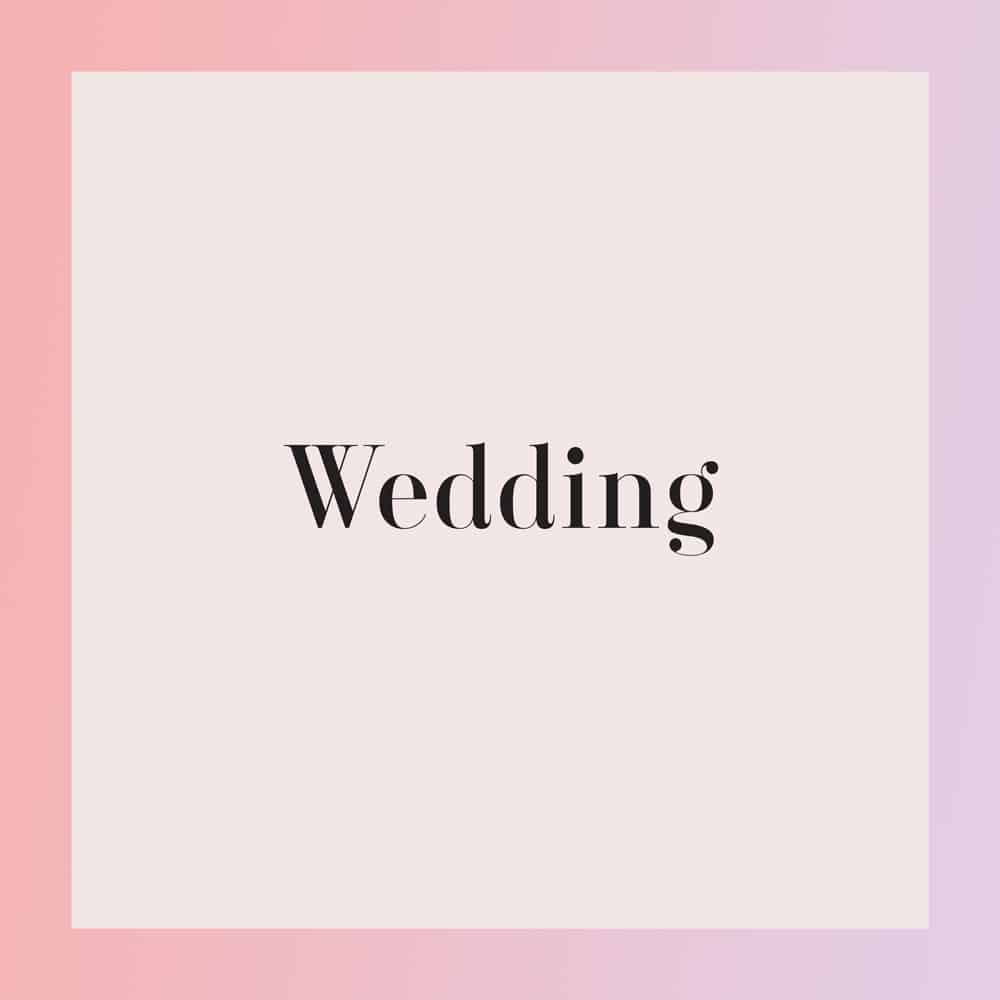As we head towards the end of the year, we are also heading into ‘wedding season’. That means the orders ramp up, and the couriers are busier too.
Be My Guest Design is closed for the holidays from 20 December 2024. We reopen on 13 January 2025.
Cut off Dates
We set cut-off dates to keep production running smoothly and to ensure our gorgeous clients get what they need in plenty of time.
The cut-off days are when your design must be signed off and approved for printing by, not when you place your order. So you need to be ordering in advance of these dates.
If your wedding is in early/mid January, you will need to order in early December as there will not be enough time for your order to be designed and printed.
Deadline for canvas prints
Orders printed onto canvas must be signed off as ready to print by 12 December.
Deadline for foam board & poster prints
Orders must be signed off as ready to print by 17 December.
Deadline for all other custom printed items
Save the Dates, Wedding Invitations, Guest Books, Place Cards etc must be signed off and approved for printing by 18 December to be done in 2024. This gives us time to produce, package and get on the courier.
We will continue to print and package items up until our last day for 2024 (20 December). This does not allow for any delivery time, so if it’s needed for Christmas, we only recommend leaving it this late if you are able to collect.
Orders for Extra Bits
Envelopes, accessories and other ready to ship items in stock will be shipping daily up until 20 December. It’s the courier’s busiest time of year so please be mindful there may be shipping delays that can occur (over and above the festive rush).
Read More


